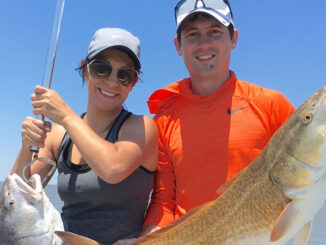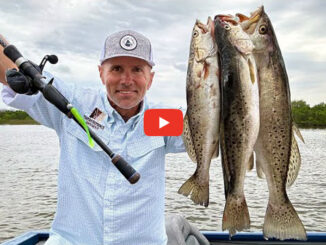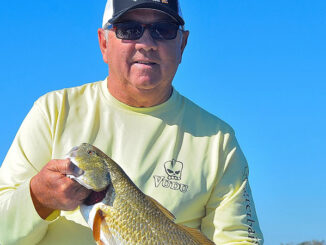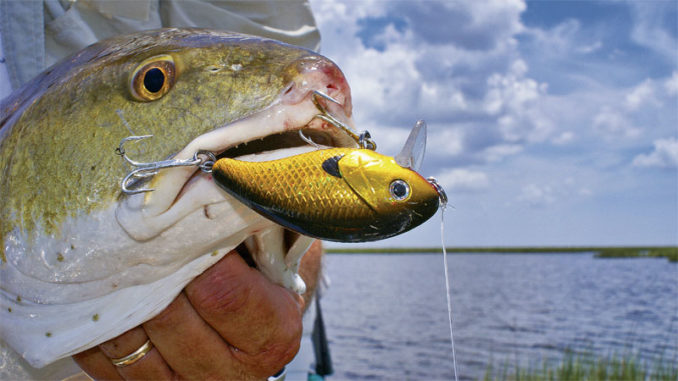
Not too hot, not too cold, just right
Summer is too hot. Winter is too cold. Ahhh, fall is just right.
Louisiana kayak anglers are blessed with great, year-round fishing, and there is no doubt that good fishing can be had in any month. However, October generally makes for pleasant days on the water marked by short paddles and lots of action.
Kayak-fishing is great exercise, but can be uncomfortable on a sweltering 95-degree August day or a damp, bitter, February morning. Exposed directly to the elements, kayak-fishing on these days can frankly be not much fun. But ah, when fall rolls around, those crisp mornings and mild days make for the best times to be on the water.
Trout and redfish are the main quarry of Louisiana’s inshore kayak anglers, and there is no better time to chase them than October. The coastal marshes are in transition, and speckled trout are finishing their move from the outer coast to the interior marsh where they gang up until dispersing coastward for the beginning of the spring and summer spawning season. Of course, slot-size redfish are ever-present, but the lower water temperature puts a little extra kick in their fins, and they bite like crazy.
Live bait vs. artificial
Live bait is still available at most marinas and is never a bad bet. Managing live bait in a kayak can be difficult without a properly set-up live well, but it can be done. During the peak of summer, keeping bait healthy is difficult due to the water’s surface temperature being close to hot-tub status. The cooler fall weather makes it much easier to keep them happy and alive. A simple, floating bait bucket or one with a small air bubbler is all you need to keep your bait frisky and ready for action.
However, the good news is that artificial lures really shine during the fall. Pick out a few of your favorite plastic tails, jigheads and a popping cork and you’re set for some great action. If you like fishing hard-plastic lures, topwater and suspending plugs also do the trick. The main idea is to have a variety in order to cover the water column. No subtle winter bites here. The fish are hungry and let you know it.
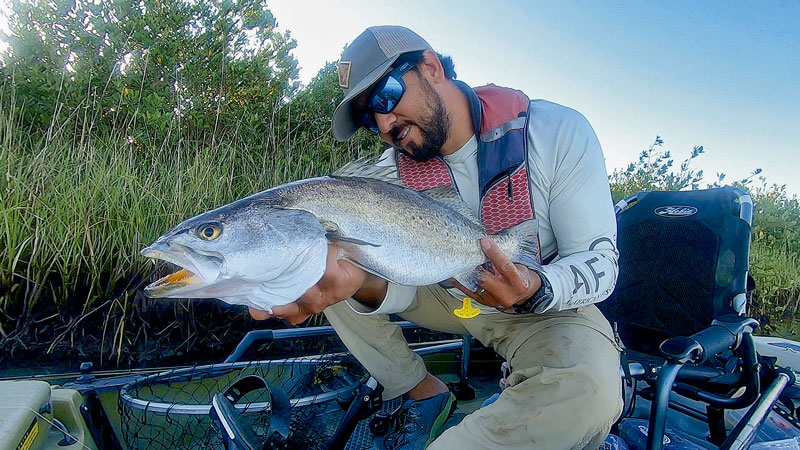
Both trout and reds can be found in small schools at all the high-percentage areas. Don’t overlook any point, cut or other irregular shoreline feature. Of course, areas with moving water or active signs of bait are always a good bet. Having a couple rods rigged with different set-ups makes locating fish and dialing in on what they want much easier. Since fish are less scattered this time of year, find where they are holding, and you might not have to make many moves.
Try everything
A popping cork is a great search bait. It is fairly easy to cover every direction, and that popping sound surely gets noticed when you hit the right spot. Try a little bit of everything, in every direction, before giving up on a particular location. You can literally miss the fish by just a few feet if the area isn’t thoroughly worked. Although the surface may look the same, there may be an unseen feature that has the fish where they want to be. An oyster reef, a ledge, a current break or anything that provides a change of structure is key to congregating the fish. Covering the water column is just as important as covering different areas. Even in marsh areas just a few feet deep, fishing on the bottom can be more productive than under a cork or vice versa.
Did I mention short paddles? I’m a firm believer that fish do not know where the boat launch is. Kayak anglers would do well to heed this principle. I rarely see anyone launch a powerboat and immediately starting to fish. There is something in that key switch that requires cranking up and heading out. How many fish are passed up at 40 mph looking for what is thought to be greener pastures?
Unless you launch in an extremely high-traffic area, fish your way to your intended area. On many fall trips, great action is found literally in sight of the boat launch. If you like paddling or need some extra exercise, head for parts over yonder. However, if the goal is to catch fish, get a lure in the water as soon as possible.
Fall fishing
It may be a bit cool in the mornings, so dress in light layers; you can adjust accordingly as the temperature rises. Although it is not hot, sun protection is still needed. Sitting so close to the water, you can get a mean sunburn from the glare without even noticing. Technical fishing pants, long-sleeve shirt, and a face covering, all with SPF protection, keeps you cool and comfortable.
At this time, many anglers have switched their attentions to hunting and several will be off at deer camp bowhunting or preparing for gun season. October is in between teal and big duck seasons so there will be no duck hunters out, except for a few in the marsh working on blinds. The bottom line is that the marsh is less crowded.
Fall can be the most comfortable and productive time to be a kayak angler in south Louisiana, marked by hungry fish, mild days and short distances to cover. While many anglers across other parts of the country are preparing their kayaks for winter storage, we’re out there enjoying some of the best kayak fishing there is to be had.
